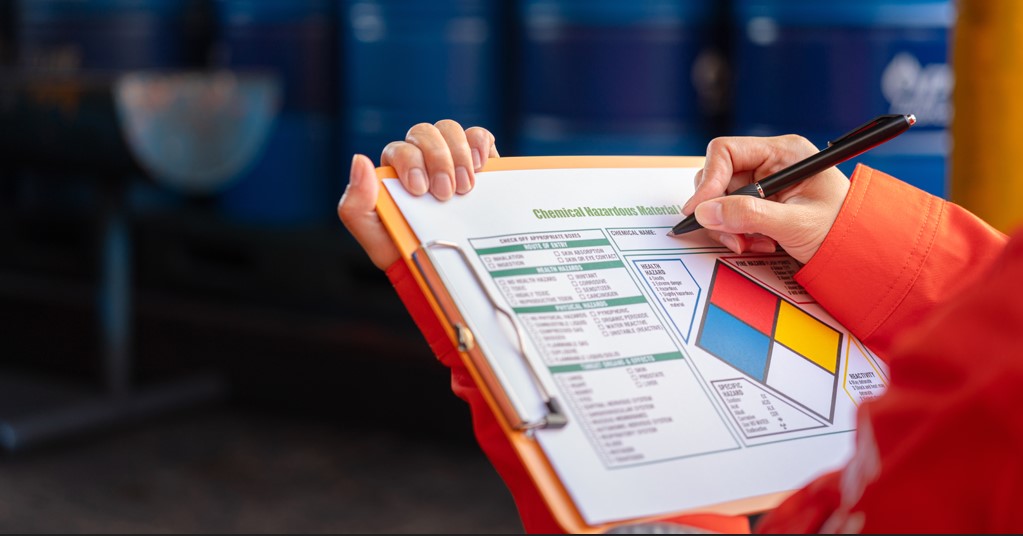
Utility Work is One of the Top 10 Most Dangerous Jobs!

Learn how to improve utility worker safety and the hazards associated with utility work
All industries have their fair share of hazards but none compare to the daily challenges of utility worker safety. Many utility workers are required to perform work in the pouring rain in the dark of night to repair hazardous energy, like an electrical or water outage. Whether working overhead, underground or in the streets, utility workers are regularly faced with serious risks on the job, in unstable environments often created by Mother Nature.
Before a utility worker completes their task, not only are they subject to the elements – they work with gas, electrical hazards, and vehicles – all while working at various heights. At any given moment, utility line workers could be seconds away from potential injuries – even death – if they don’t follow safety procedures.
Failure to identify dangers on the job is a recipe for a serious workplace accident. Safety procedures are critical to ensure utility worker safety from such hazards. Safety signs and labels provide an effective way to communicate hazards related to utility work – such as electrocutions, trench collapse, work above, and high voltage, in addition to reminding workers to wear the proper personal protective equipment (PPE). Although signs and labels are imperative, OSHA standards for keeping utility workers safe is key.
What are the OSHA standards that protect workers in the utilities industry?
- Electrical General Requirements – (1910.303)
- Electrical Wiring Methods – (1910.305)
- Electric Power Generation, Transmission, and Distribution – (1910.269)
- Personal Protective Equipment, Subpart I – (1910)
- Fall Protection – (1926.501)
- Hazard Communication – (1910.1200)
- Respiratory Protection – (1910.134)
- Lockout/Tagout – (1910.147)
What are the most important hazards associated with utility work?
All hazards are important but some are more common than others. For instance, the construction industry had the highest number of electrocutions, followed by the manufacturing, transportation, communications, and public utilities. According to OSHA, the most important hazards associated with work performed closely to electric power generation, transmission, and distribution are:
- Electrocution
- Falls
- Confined spaces
- Fires and explosions
- Sprains, strains, and fractures
- Environmental stress
Avoid the above hazards and ensure utility worker safety by following OSHA Standards, using the proper personal protective equipment and providing employee training. Additionally, with a front line safety leader, such as a supervisor, foreman or operations manager, they can consistently enforce safety on the jobsite.
When it comes to safety – you can’t cut corners! OSHA requires employees to either (1) be trained as qualified employees, or (2) must be undergoing on-the-job training, have demonstrated an ability to perform duties safety at their level of training, and be under the direct supervision of a qualified employee.
With the proper training, procedures, and safety programs in place, accidents can be avoided. The idea is to set realistic goals so your managers and supervisors are committed to implementing a strong safety program. But don’t stop there! You’ll need to continue to promote safety to better protect the men and women in the general and construction industry who work on or near electrical power lines every day.
Utility Safety Resources:
- ComplianceSigns.com has all your utility sign and label needs.
- Read more about the role of safety signage in pipeline safety.

